It looks like a smear of egg yolk on agar, slow and indecisive – until you give it a problem and watch it go to work. The slime mold Physarum polycephalum doesn’t have a brain, neurons, or even a mouth, yet it can find efficient routes through a maze like a tiny yellow cartographer. Scientists once framed it as a quirky demo for classrooms; today, it’s a living algorithm inspiring network design, robotics, and even new ideas about what it means to learn. I’ve spent evenings in a dim lab watching it pulse toward food, and the moment it prunes dead ends feels strangely triumphant, like the blob just cracked a riddle we set. This humble organism is rewriting our expectations of intelligence, and it’s doing it without a single neuron firing.
The Hidden Clues
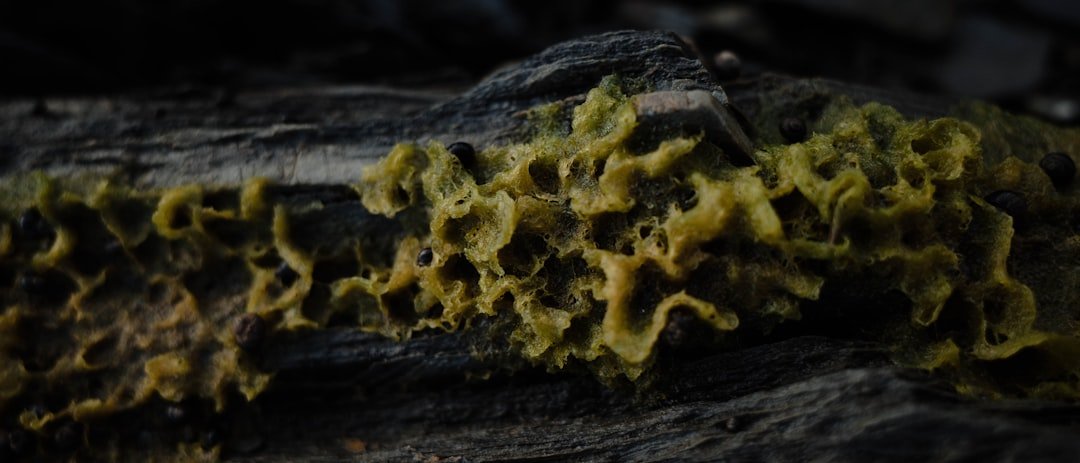
What does a thinking system really need – neurons, or just a way to sense and adapt? Physarum offers a jolting answer by spreading a single cell across a surface, sniffing out chemical gradients and rhythmically pumping its internal fluid to explore. At first it forages everywhere, laying down a messy web of tiny tubes, the biological equivalent of penciled draft lines. Then, as food sources tug on it, the organism starts strengthening the useful connections and withdrawing from the rest.
In a maze test, the blob floods corridors like a slow tide, stalls at dead ends, and ultimately carves one bright path between rewards. The shock isn’t speed but efficiency: the final network is lean, elegant, and repeatable. You can almost feel the organism asking the maze a question and listening for the answer in the faintest chemical whispers.
A Living Mapmaker
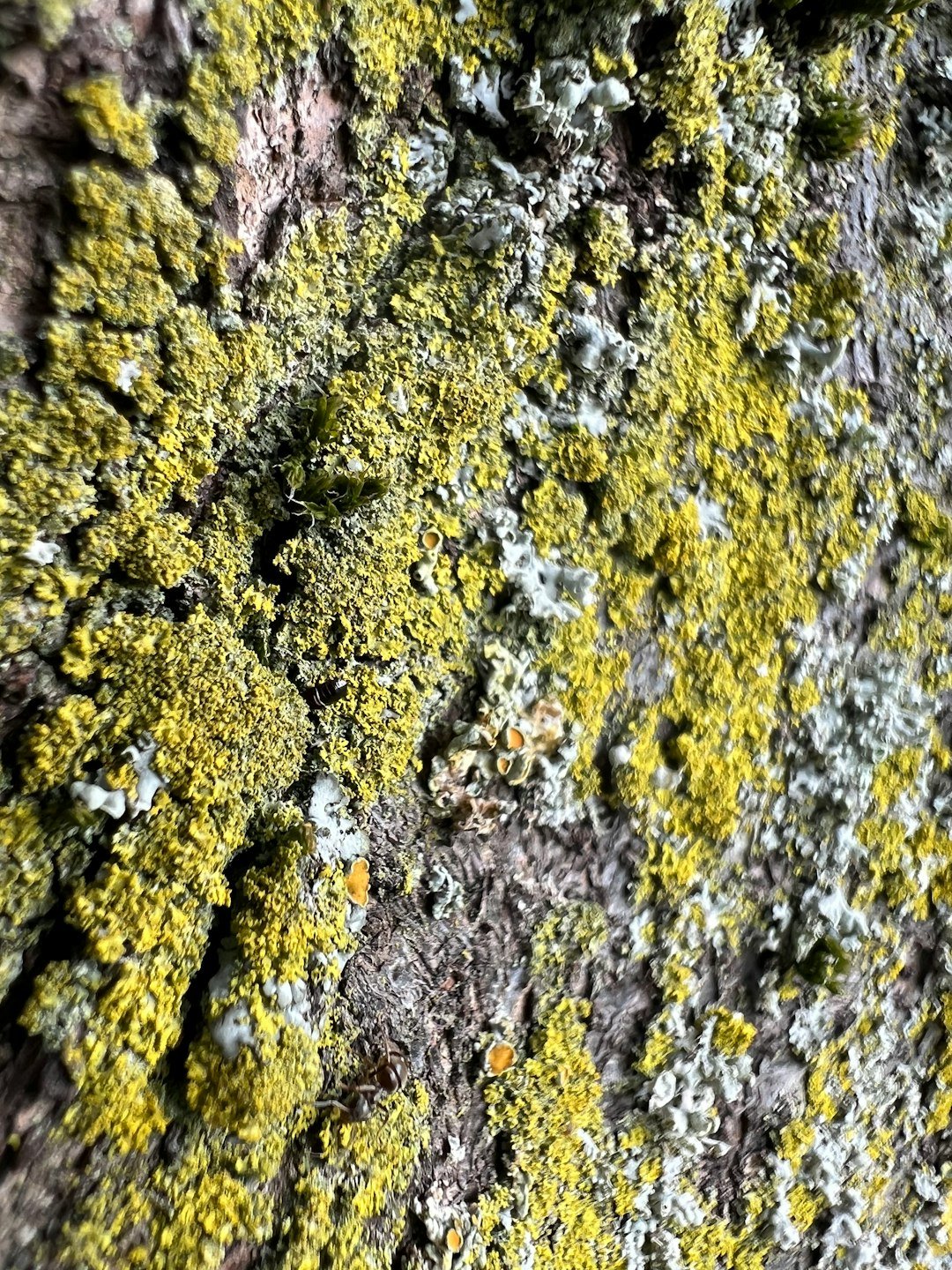
Physarum is a single cell with many nuclei, a kind of living sheet that coordinates itself by waves of contraction and relaxation. Those waves push cytoplasm through tubes, and the tubes change size based on use, just as city streets widen under heavy traffic. The result is a constantly updating map where stronger flows stabilize into highways and weak flows collapse into back alleys.
Give the blob two food points and it will usually reinforce the shortest, safest corridor connecting them. Sprinkle multiple food sources and it builds a minimal network that balances distance, risk, and redundancy. It’s not perfect, but it’s remarkably close – close enough that planners and computer scientists have paid attention.
From Ancient Tools to Modern Science
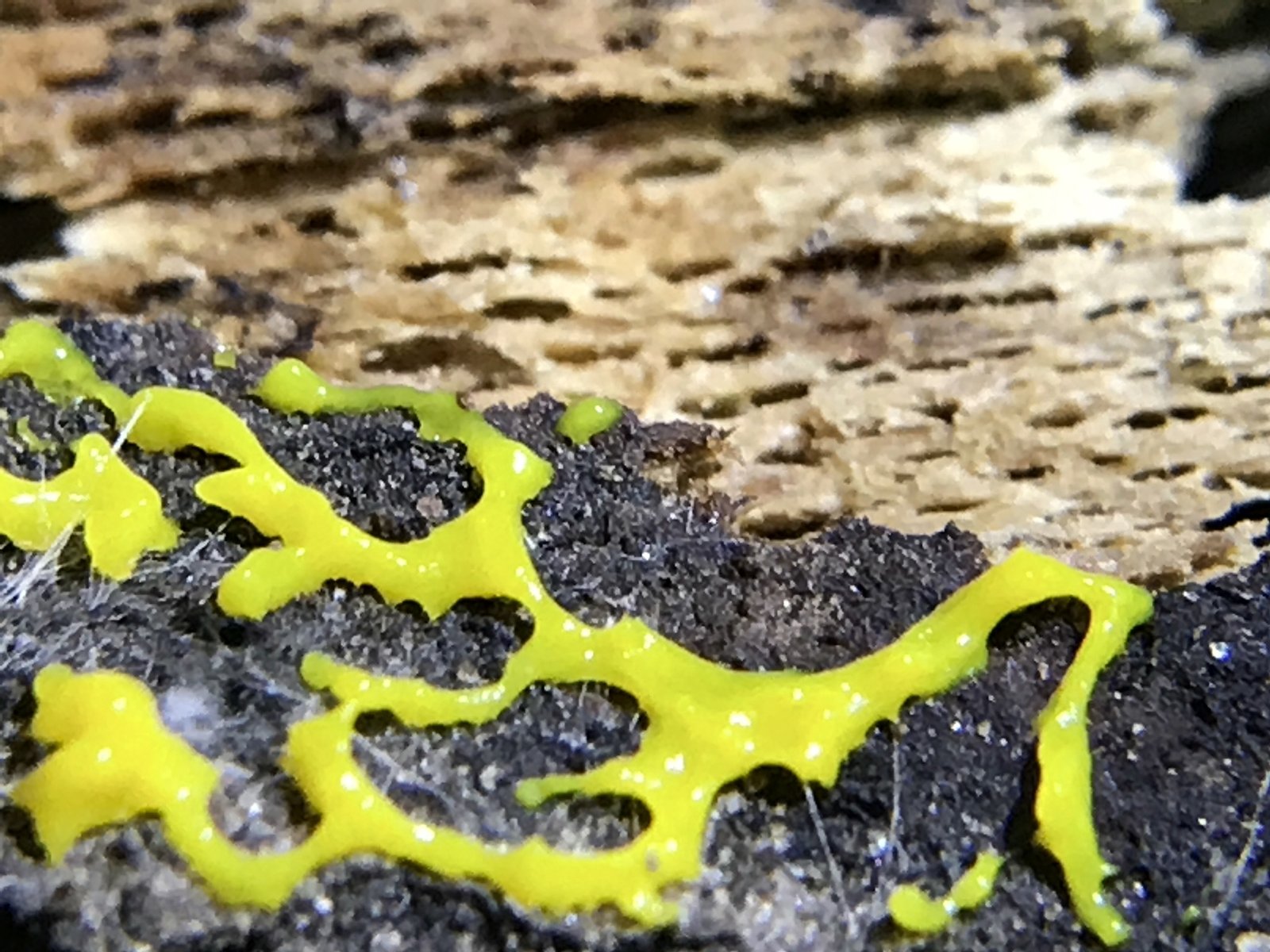
Mazes aren’t just puzzles; they’re stand-ins for knotty problems in logistics, urban planning, and even microchip design. Long before we had massive computers, biologists turned to simple organisms to reveal underlying rules, much as early naturalists used ants and bees to think about traffic and communication. Physarum joins that lineage with a twist: it doesn’t follow leaders or messages, it simply flows, senses, and revises.
Modern labs pair the blob with time-lapse imaging and microfluidic arenas to watch decisions unfold at microscopic scales. By tracking tube diameter and flow rhythms, researchers infer how the organism weighs trade-offs – speed versus safety, redundancy versus cost. It feels like watching an ancient tool evolve into a modern instrument, one pulse at a time.
How a Brainless Blob Computes
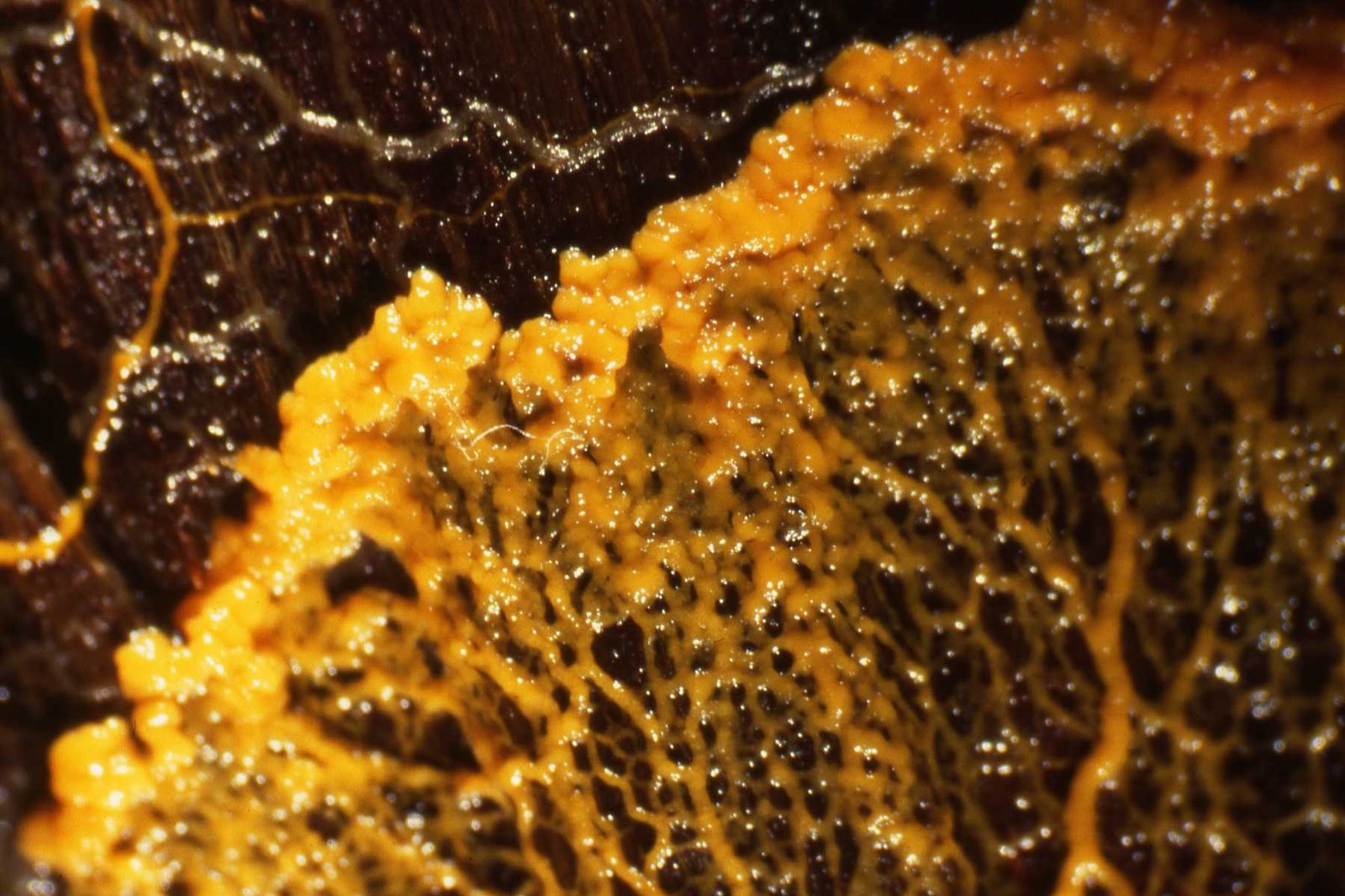
Computation here is not symbol manipulation but a physical process, closer to a river finding its channel than a spreadsheet crunching numbers. The blob’s contractile oscillations create feedback loops: when a path delivers nutrients, it amplifies flow, which thickens the tube, which improves delivery, which further amplifies flow. Dead ends damp those oscillations, starving the tubes until they wither.
Light, salt, or dryness acts like negative weights in a machine-learning model, pushing the organism away. Food sources act like positive weights that draw it in. The entire body becomes a distributed calculator, summing dozens of tiny cues into one coherent shape: the answer.
Why It Matters
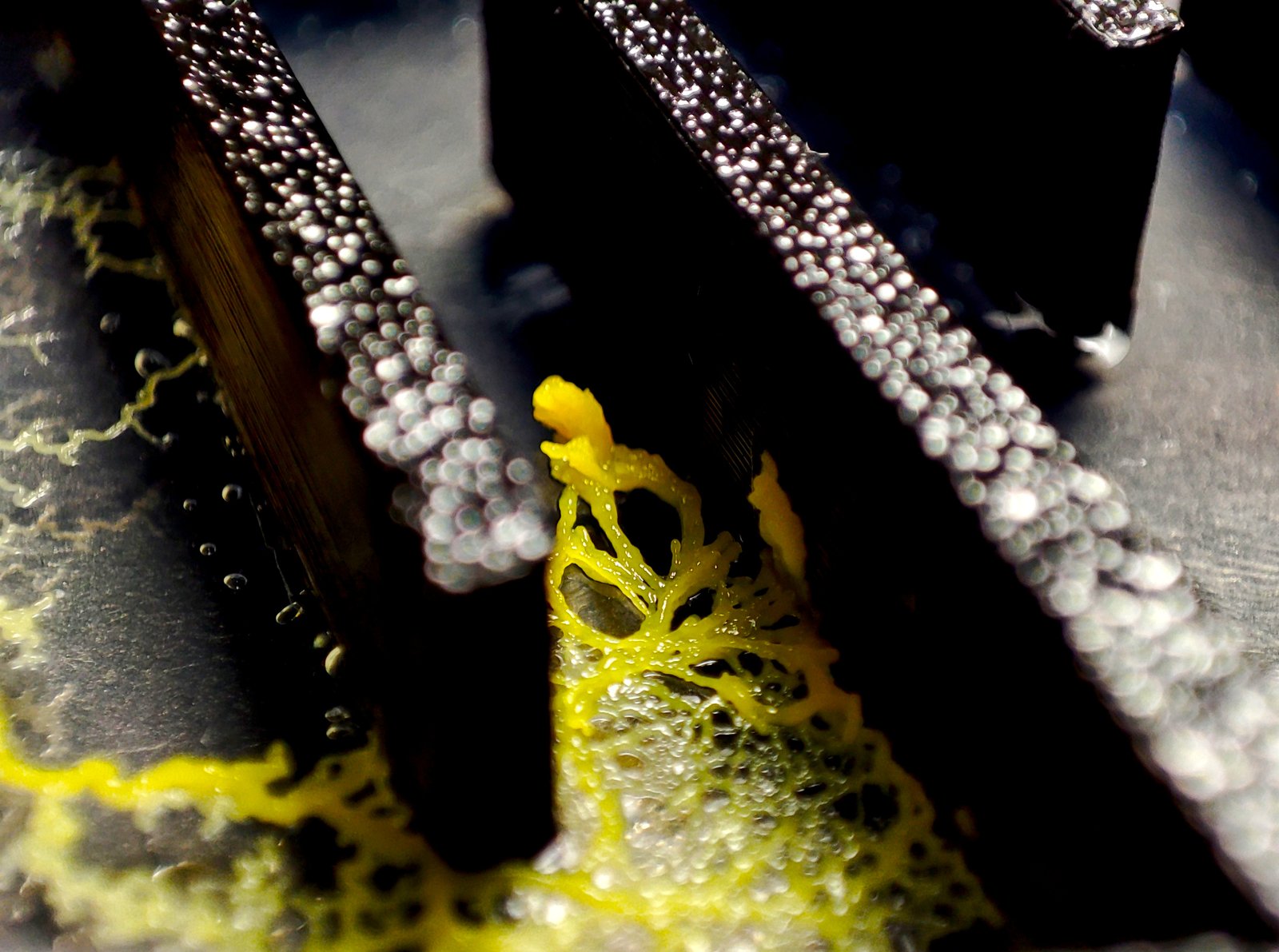
Brains are not the only route to problem-solving, and that matters for how we build technology and interpret behavior in nature. Traditional algorithms work step by step; Physarum’s answer emerges from materials and dynamics, suggesting new routes for energy-efficient computing. Instead of switching billions of transistors, imagine devices that compute by changing shape, stiffness, or flow, then settle into a solution.
There’s also a philosophical jolt: if learning can happen in slime, maybe learning is less about neurons and more about feedback and memory in any system capable of change. Comparing both approaches, the blob excels at adaptation with minimal energy, while conventional computers win on speed and precision. Together, they hint at hybrids – machines that think with both logic and matter.
Global Perspectives
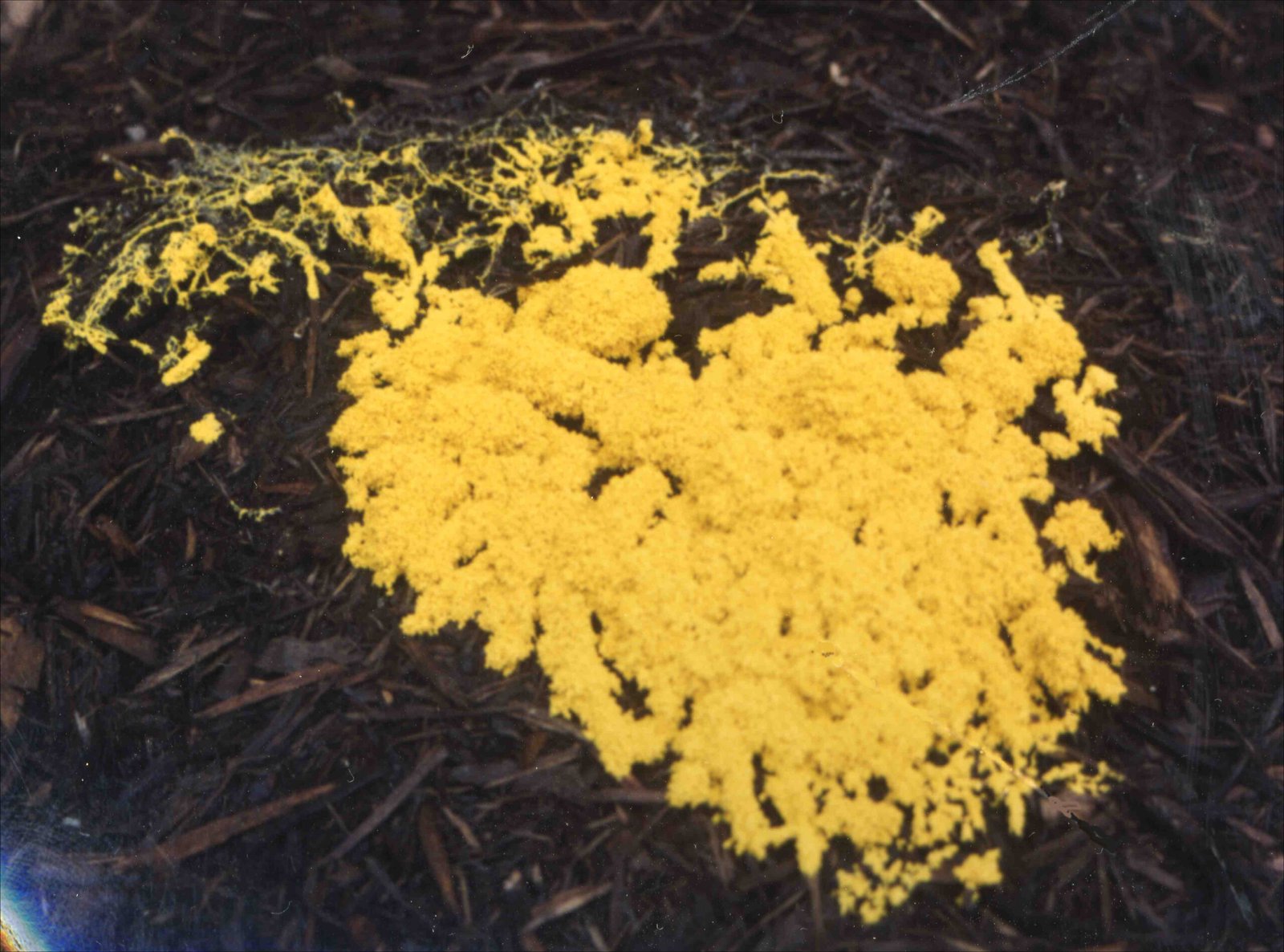
Physarum has become a citizen-science darling, featured in classrooms from Tokyo to Toronto because it’s safe, cheap, and weirdly charismatic. Students chart how it avoids light, seeks oats, and redraws its internal roads in hours, not weeks. Those homegrown experiments feed a global community, where hobbyists and researchers swap methods and time-lapse videos like recipes.
Meanwhile, labs working on bio-inspired engineering take cues from these amateur discoveries and build controlled trials. The cross-pollination is refreshing: kids test wild hunches, researchers formalize them, and both sides learn faster. It’s science as a relay race, and the baton is a bowl of oats.
The Hidden Memory
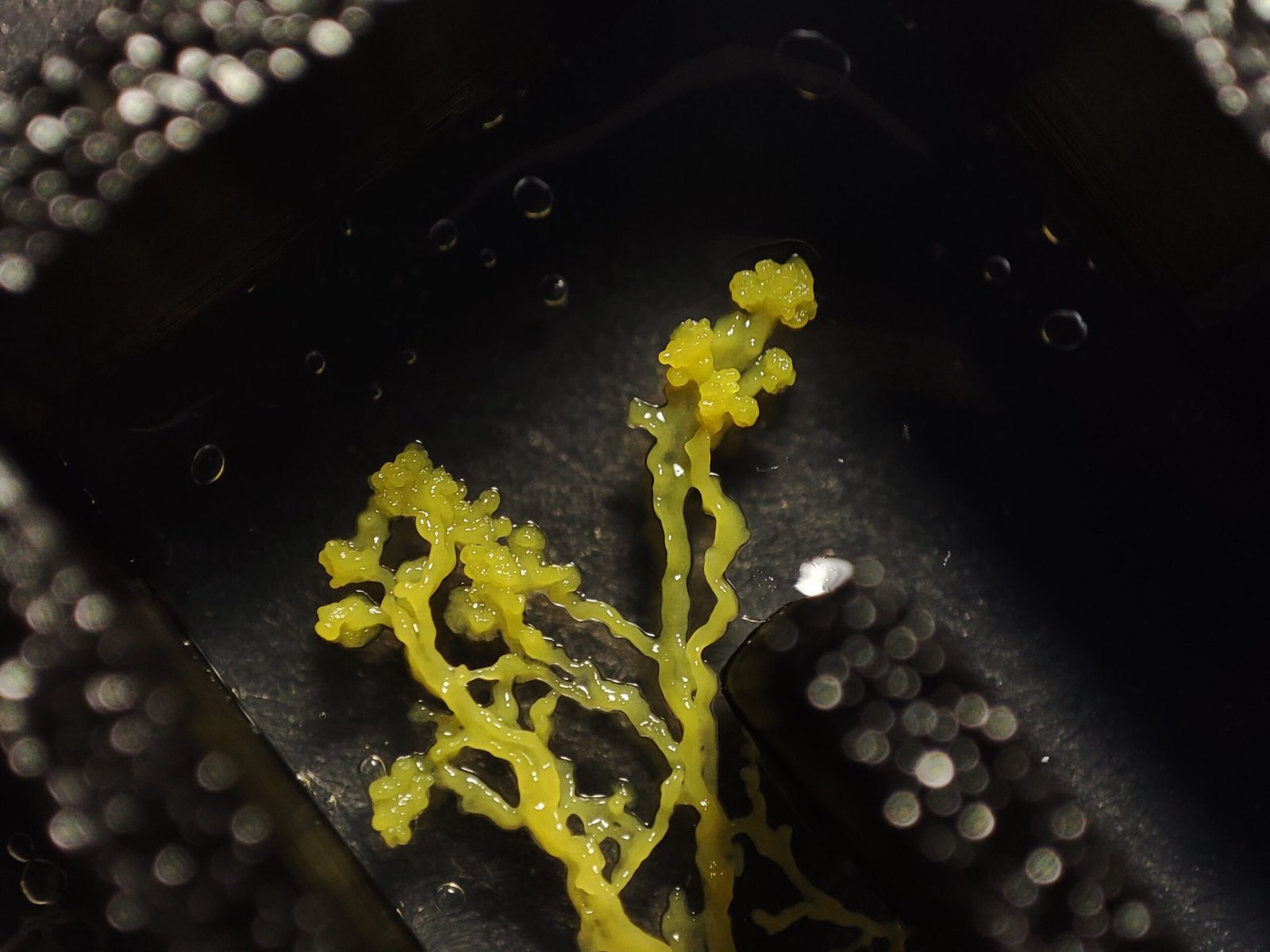
Memory, for Physarum, isn’t a file tucked away – it’s the shape of the body and the chemicals it leaves behind. When the organism passes through a region, it can alter the terrain with secretions and structural changes, making repeat visits either easier or harder. That externalized memory lets it avoid retracing unproductive routes and speed toward better ones next time.
In practice, it looks like habits: the blob “remembers” a salt patch it learned to ignore, or returns more quickly to an established highway after a disturbance. It’s not recollection the way we feel it, but it is functional memory. And for engineers, function is the point.
The Future Landscape
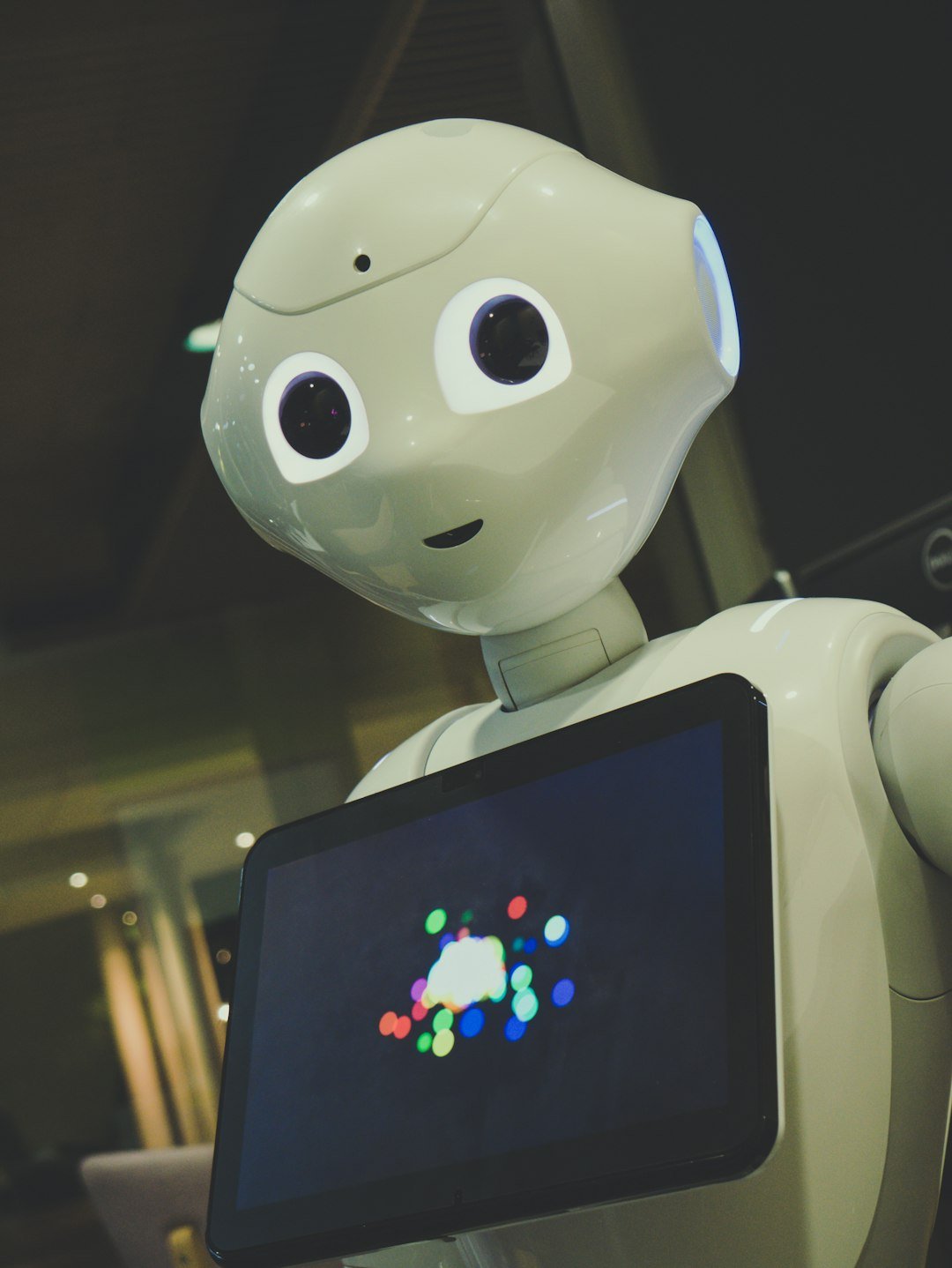
Expect a new class of hybrid systems where soft materials perform early, fuzzy computations and digital controllers refine the result. Physarum-inspired algorithms already inform network design, but the next leap could be hardware that literally grows and prunes conductive pathways on the fly. Picture disaster-response robots with bodies that re-route forces around damage the way the blob re-routes flow around toxins.
Challenges are real: living systems are sensitive, slow by silicon standards, and hard to standardize. Yet that’s the opportunity – computers that can fail gracefully, heal, and adapt without explicit reprogramming. In a world of brittle infrastructure, resilience is not a luxury; it’s the brief.
From Lab Bench to Real-World Networks

Transportation planners have used Physarum as a thought partner for designing resilient routes that balance cost with backup options. Telecommunications models borrow the blob’s trick of keeping a few spare links alive, so a single cut doesn’t silence a whole region. Even supply chains can learn from its frugal redundancy, maintaining slim buffers that can quickly widen under stress.
These are not swaps of organism for algorithm, but translations: what does tube thickness mean in bandwidth, what does chemoattraction mean in price or demand? By recasting those metaphors, teams stress-test networks for floods, strikes, or sudden demand spikes. The blob’s lesson is simple: stay light, stay connected, and never stop pruning.
Conclusion
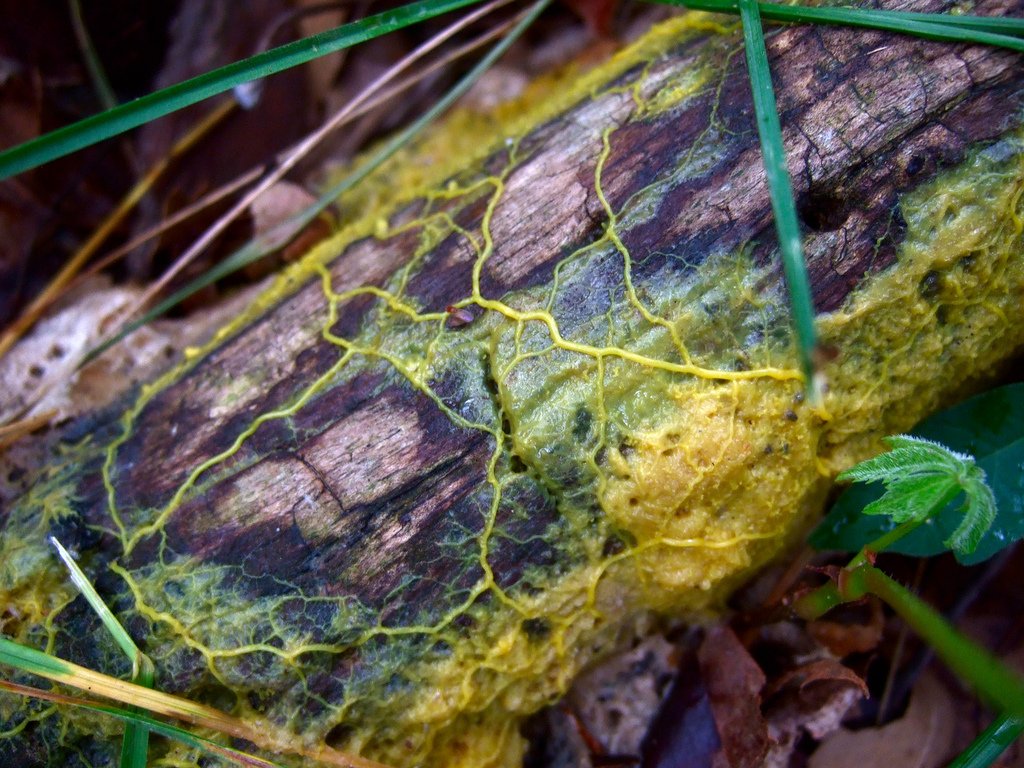
If this organism sparks your curiosity, try a small culture at home or school with guidance from reputable lab-supply kits. Set up a simple maze with cardboard and oat flakes, and let time-lapse on a phone reveal the pulse and patience of a living problem-solver. You’ll learn more from a day of watching than from a week of reading.
Support local science centers that run bio-design workshops, and encourage curriculum that treats biology as computing, not just cataloging. And if you work in planning or tech, challenge your team to prototype a Physarum-inspired solution to a real bottleneck. Sometimes the smartest path forward begins with a blob inching toward breakfast.

Suhail Ahmed is a passionate digital professional and nature enthusiast with over 8 years of experience in content strategy, SEO, web development, and digital operations. Alongside his freelance journey, Suhail actively contributes to nature and wildlife platforms like Discover Wildlife, where he channels his curiosity for the planet into engaging, educational storytelling.
With a strong background in managing digital ecosystems — from ecommerce stores and WordPress websites to social media and automation — Suhail merges technical precision with creative insight. His content reflects a rare balance: SEO-friendly yet deeply human, data-informed yet emotionally resonant.
Driven by a love for discovery and storytelling, Suhail believes in using digital platforms to amplify causes that matter — especially those protecting Earth’s biodiversity and inspiring sustainable living. Whether he’s managing online projects or crafting wildlife content, his goal remains the same: to inform, inspire, and leave a positive digital footprint.



